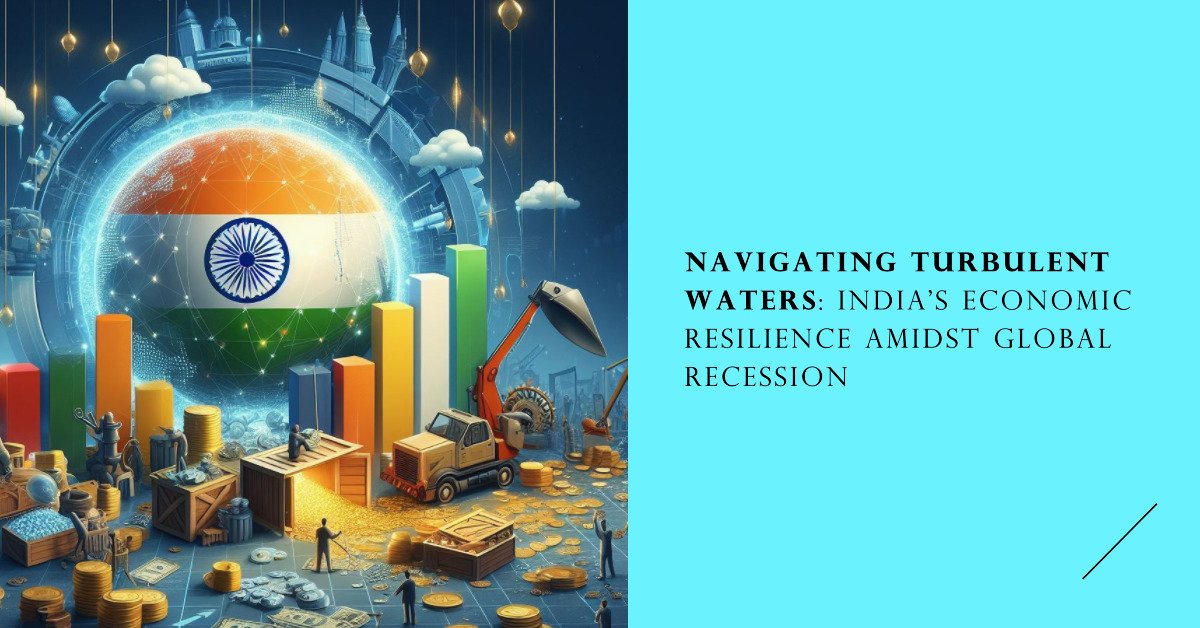As the world grapples with the lingering effects of the COVID-19 pandemic and the looming threat of a global recession, India stands out as a beacon of economic resilience. While many economies are struggling to maintain growth, India is projected to be one of the fastest-growing economies in the world. This remarkable performance can be attributed to a combination of factors, including:
1. Robust Domestic Demand:
India’s domestic demand has been the primary driver of its economic growth. The country’s large and growing middle class, with its rising disposable incomes, has fueled consumption across various sectors, from consumer goods to services. This domestic demand has remained strong despite global economic headwinds, providing a buffer against external shocks.
2. Government Reforms and Infrastructure Development:
The Indian government has implemented a series of reforms aimed at improving the business environment and promoting economic growth. These reforms have included simplifying regulations, streamlining bureaucratic processes, and investing in infrastructure development. This focus on improving the ease of doing business has attracted foreign investment and boosted investor confidence.
3. Diversified Economy:
India’s economy is relatively diversified, with a strong presence in various sectors, including agriculture, manufacturing, services, and information technology (IT). This diversification has helped to insulate the economy from shocks in any particular sector. For instance, while global demand for IT services has slowed down, India’s IT sector has remained resilient due to its focus on domestic demand and its ability to adapt to changing market conditions.
4. Digital Transformation:
India has embraced digital transformation, with a growing emphasis on e-commerce, fintech, and other digital technologies. This digital revolution has boosted productivity, improved efficiency, and expanded access to services, further fueling economic growth.
5. Demographic Dividend:
India has a young and growing population, with a large proportion of working-age individuals. This demographic dividend provides a significant advantage in terms of economic potential. India’s large labor force can support further economic growth and innovation in the coming years.
Challenges and Opportunities:
While India’s economic outlook remains positive, there are certain challenges that the country needs to address to maintain its growth momentum. These challenges include:
High unemployment: India’s unemployment rate remains relatively high, especially among the youth. Addressing this issue will require creating more jobs and enhancing skills development.
Inflationary pressures: Rising global commodity prices and supply chain disruptions have put upward pressure on inflation in India. Controlling inflation without stifling growth is a crucial challenge for policymakers.
Infrastructure bottlenecks: While India has made significant progress in infrastructure development, there is still a need for further investments in roads, railways, ports, and power to support continued economic growth.
Despite these challenges, India’s economic prospects remain bright. The country’s strong domestic demand, diversified economy, and demographic dividend provide a solid foundation for future growth. By addressing the existing challenges and capitalizing on the opportunities, India can continue to navigate turbulent waters and emerge as a global economic powerhouse.







Leave feedback about this